Casting Properties of Al-Si Alloys The casting properties of the alloy are not only related to the physical and chemical properties of the metal itself, but also the crystallization temperature interval of the alloy has an important influence.
The crystallization temperature interval of Al-Si alloys is the smallest among the accumulated casting alloys, so its casting performance is also the best. Pintejin Ceramics has rich experience in the field of aluminum-silicon alloy material machining, and the processed products are of better quality than those processed by other factories.
Why do you say this? Because Be-Cu prototype uses a special machining ceramics Material engraving and milling machine, this engraving and milling machine can perform high-precision machining, cutting, grinding, etc.
Liquidity
Compared with most casting alloys such as cast iron, cast steel, and cast copper, aluminum alloys have better fluidity. The reason is that the latent heat of crystallization of green is much larger than that of iron and copper (iron is about 276J/g, copper is about 205J/g, and aluminum is 402J/g), and in the pouring process, the liquid flow surface of molten aluminum always has a The aluminum oxide film with low thermal conductivity slows down the heat dissipation effect of the aluminum industry to the mold, so the aluminum liquid maintains a long flow time in the mold. In addition, because the crystallization temperature interval of Al-Si alloy is small and the dendrites are not developed, the molten aluminum can still flow for a period of time after the solidification process starts. In particular, the eutectic Al-Si alloy has excellent fluidity and can cast very thin and complex shapes.
Shrinkage Tendency
Aluminum alloy has a large shrinkage rate. The volume shrinkage rate of aluminum-silicon alloy is about 3~6%, which is prone to shrinkage cavities and shrinkage porosity. Therefore, it is necessary to provide risers and chillers in the process to control the solidification of the castings, feed the castings or accelerate the solidification at local hot spots on the castings. Because the density of molten aluminum is much lower than that of molten steel or molten copper, the weight ratio of the riser of aluminum castings to the castings is generally 100~150%, while the proportion of copper castings is generally 50~100%.
Thermal Cracking Tendency
The hot cracking tendency of various aluminum alloys is very different. The crystallization temperature interval of Al-Si alloy is small, and the alloy has high strength at the temperature near the solidus, so the thermal tendency of the alloy is very small, especially the eutectic Al-Si alloy.
The Tendency Of Cold Cracking
The linear shrinkage of aluminum-silicon alloy is smaller than that of other types of aluminum alloys, and the thermal conductivity of solid-state alloys is good, so the casting stress is small and cold cracking is not easy to occur.
Stomata And Inclusion Tendency
The tendency to form pores and inclusions is a common disadvantage of all types of aluminum alloys in terms of castability. If the pouring system is not designed properly, or the pouring operation is inappropriate, so that the molten aluminum forms turbulent flow or splashing in the runner or cavity, thus breaking the alumina film, inclusions will be formed and remain in the casting, reducing the performance of the alloy . Therefore, smooth flow should be ensured from the aspects of gating system design and gating operation. A filter screen is set on the section of the gating system to help prevent inclusions from entering the mold.
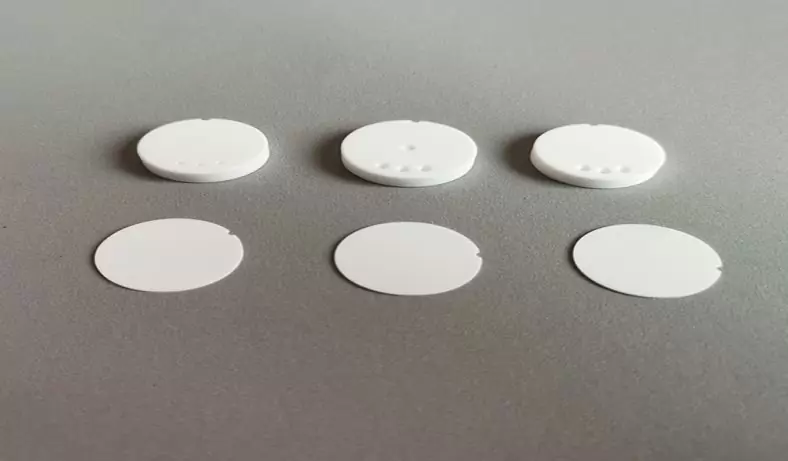
When aluminum alloy is cast, it is easy to generate pores. This is due to the large difference in the amount of hydrogen dissolved in aluminum in the liquid state and in the solid state (see figure). When the casting solidifies, gas evolves to form pores.
There are two sources of hydrogen in molten aluminum: in the process of smelting alloys and pouring, when molten aluminum comes into contact with moisture in molding sand, hydrogen is produced by reduction, or water vapor is directly absorbed. Therefore, in order to prevent the generation of pores, corresponding technological measures should be taken from the aspects of aluminum alloy smelting and sand mold moisture control.
Alloying elements other than silicon in multi-component Al-Si alloys have certain influence on casting properties. The influence of alloying elements is mainly manifested in the influence on the crystallization temperature interval of Al-Si alloy. Both magnesium and copper expand the crystallization temperature interval of the alloy, thus making some casting properties (fluidity, hot cracking tendency, etc.) of the multi-component aluminum-silicon alloy worse than that of the aluminum-silicon binary alloy with the same silicon content. The addition of alloying elements such as titanium and boron to refine grains has no obvious effect on the casting properties of the alloy.
About China Advanced Ceramic CNC Machining Company - Be-Cu
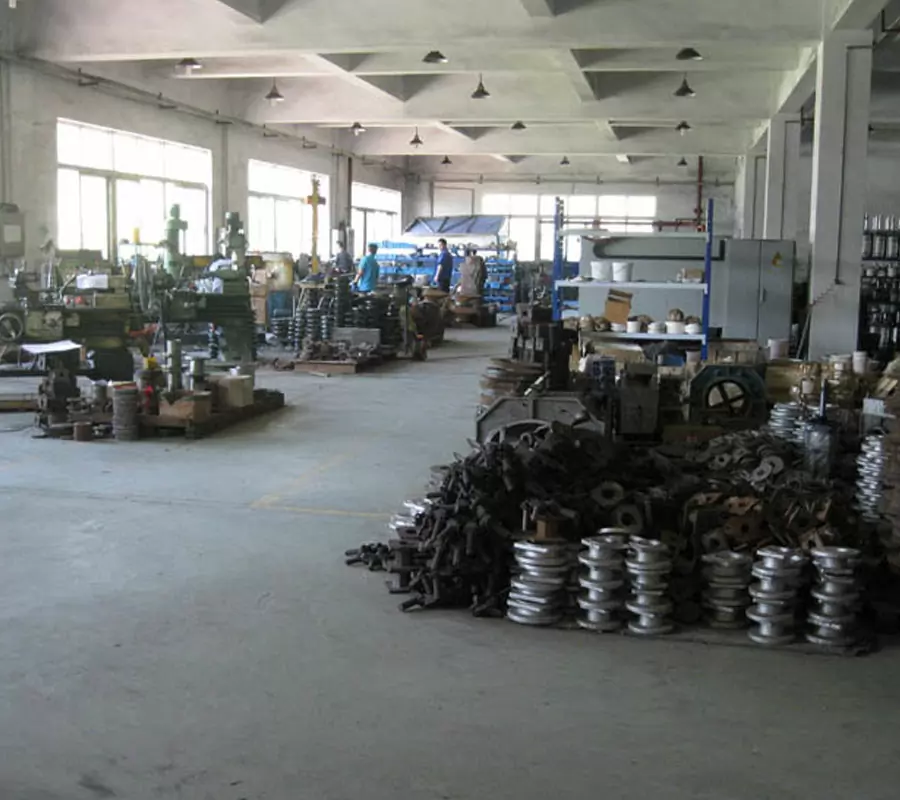
Manufacturer of precision machined components. Ceramic cnc machining components include high dielectric strength, electrical & corrosion resistance, & non-porous & non-shrinking properties.Manufacturer of high temperature fabricated and machinable ceramics including alumina, glass-ceramic, alumino-silicate, boron nitride and zirconium phosphate. Adhesives, coatings and potting compounds to 3200 degrees F,Air firing services for ceramics up to 1650 degrees C also available. Products include insulators, guides, washers, tubes, blocks, & rods for thermal, electrical, corrosion exposure, structural, wear, & semi-conductor operations. Services include machining to tolerances of +/- .0001, ultrasonic core drilling, centerless grinding, milling, & ID & OD threading.Surface grinding, dicing, OD (outer dia.) grinding, ID (inner dia.) grinding, centerless grinding, hole drilling, jig grinding, lapping, honing & polishing service are also available. Diamond grinding with dimensional tolerances of 5 microns & surface finishes of 0.2 microns (8 micro-in.) can be performed.Blanket orders and AutoCAD files & other 3d files accepted.Contact us for your machining ceramic project!
-
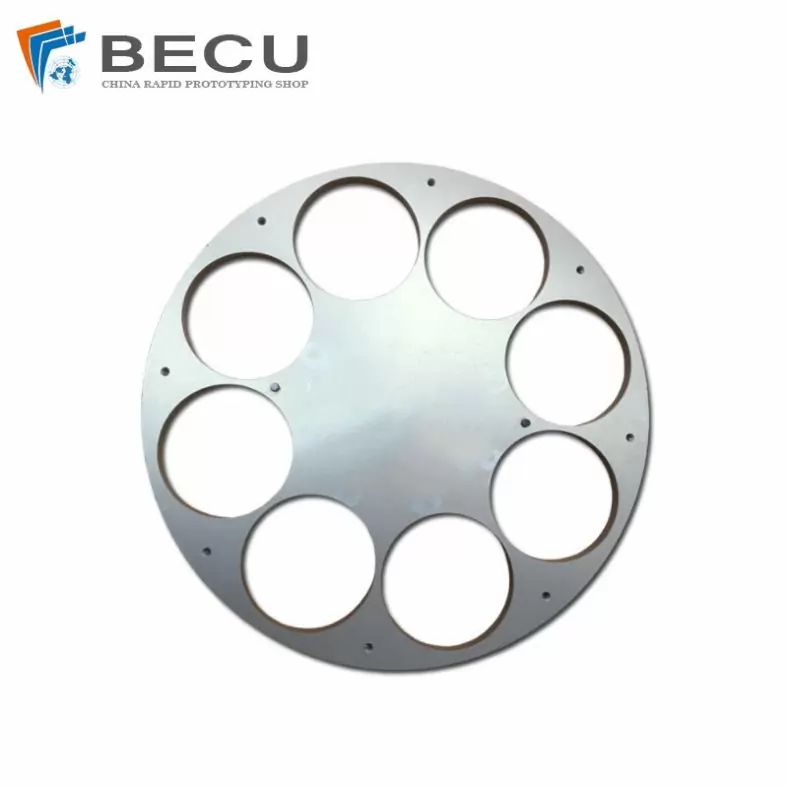
Metal Plating ZrO2 Zirconia Ceramic Parts
-
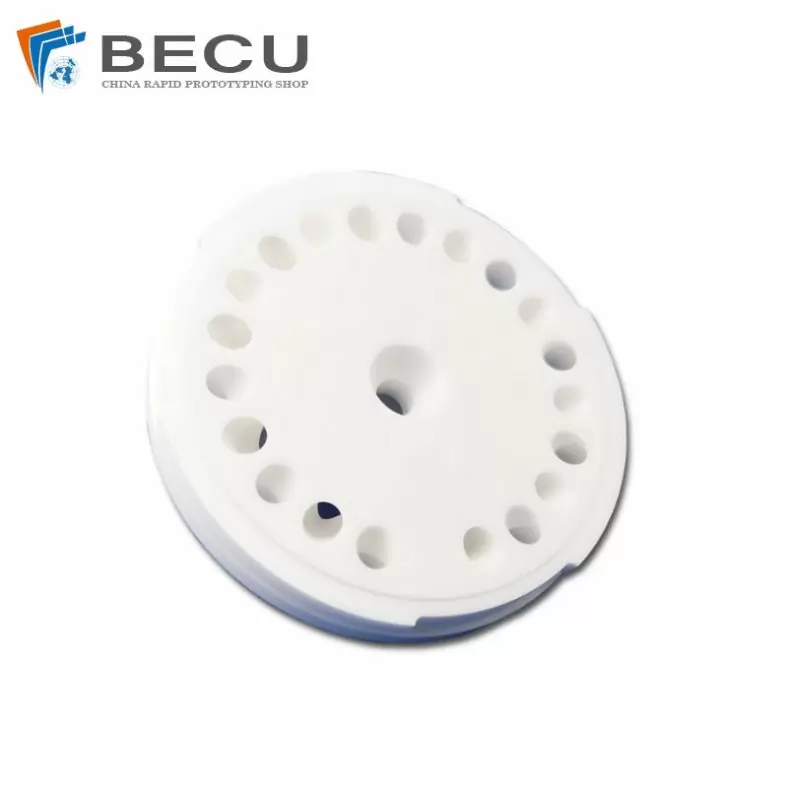
ZrO2 Structural Ceramic Semiconductor Parts
-

Alumina Ceramic Screw Type Parts
-
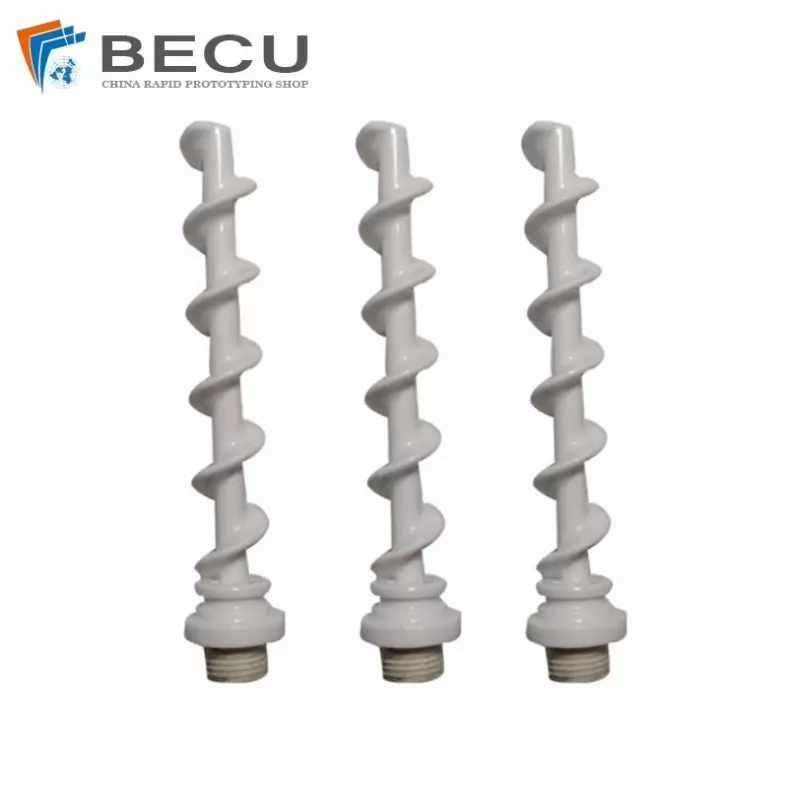
Cnc Machining Alumina Ceramic Screw Heating Pipe
-
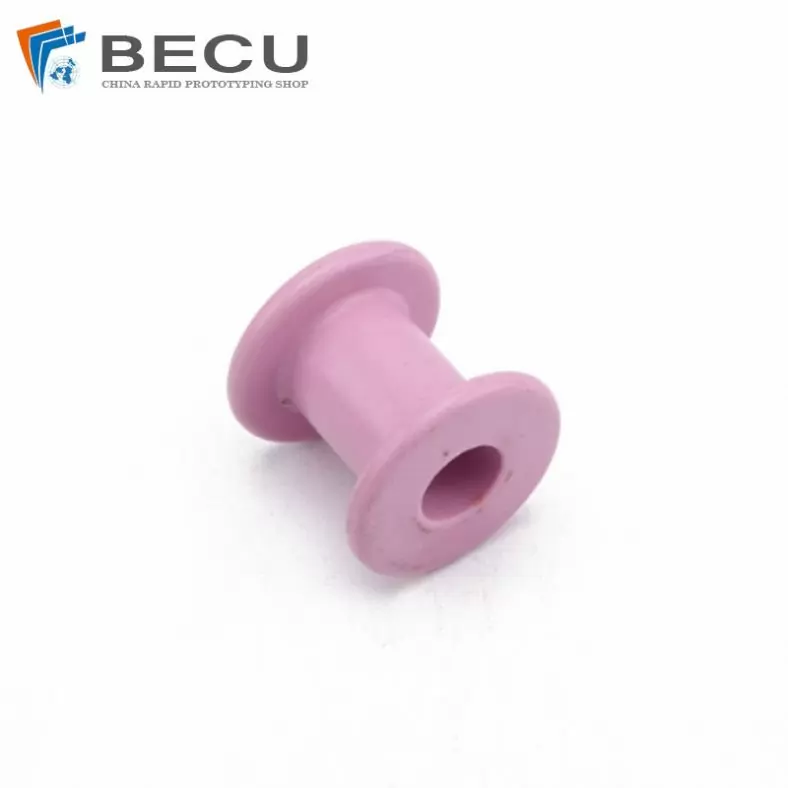
Brushed Fishing Tackle Alumina Ceramic Accessories
-

Winding Machine Alumina Ceramic Wire Wheel
-

Insulation Device Microcrystalline Ceramic Multi-Slot Ceramic Column
-
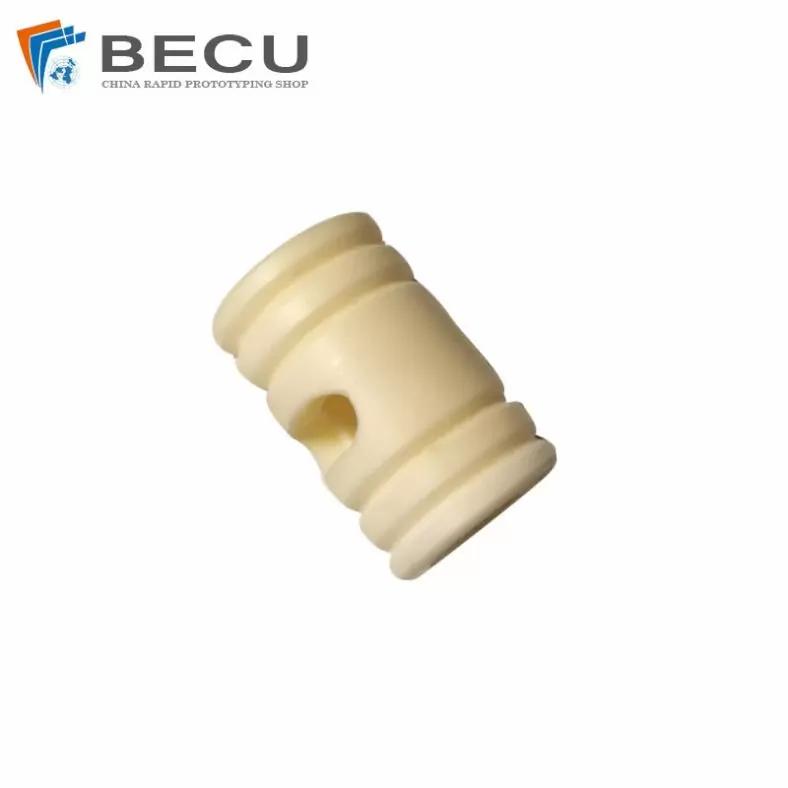
99 Alumina Ceramic Spool Insulator Sleeve
-
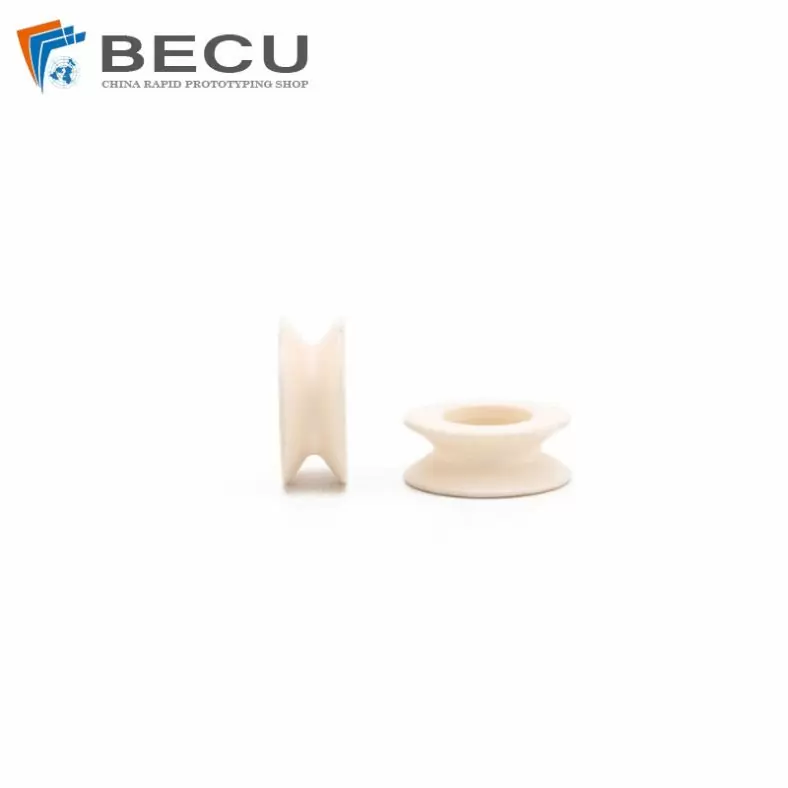
The Alumina Ceramic Ring Of Textile Machine Thread Passing Wheel
-

Isostatic Pressure Insulation Alumina Ceramic Column
